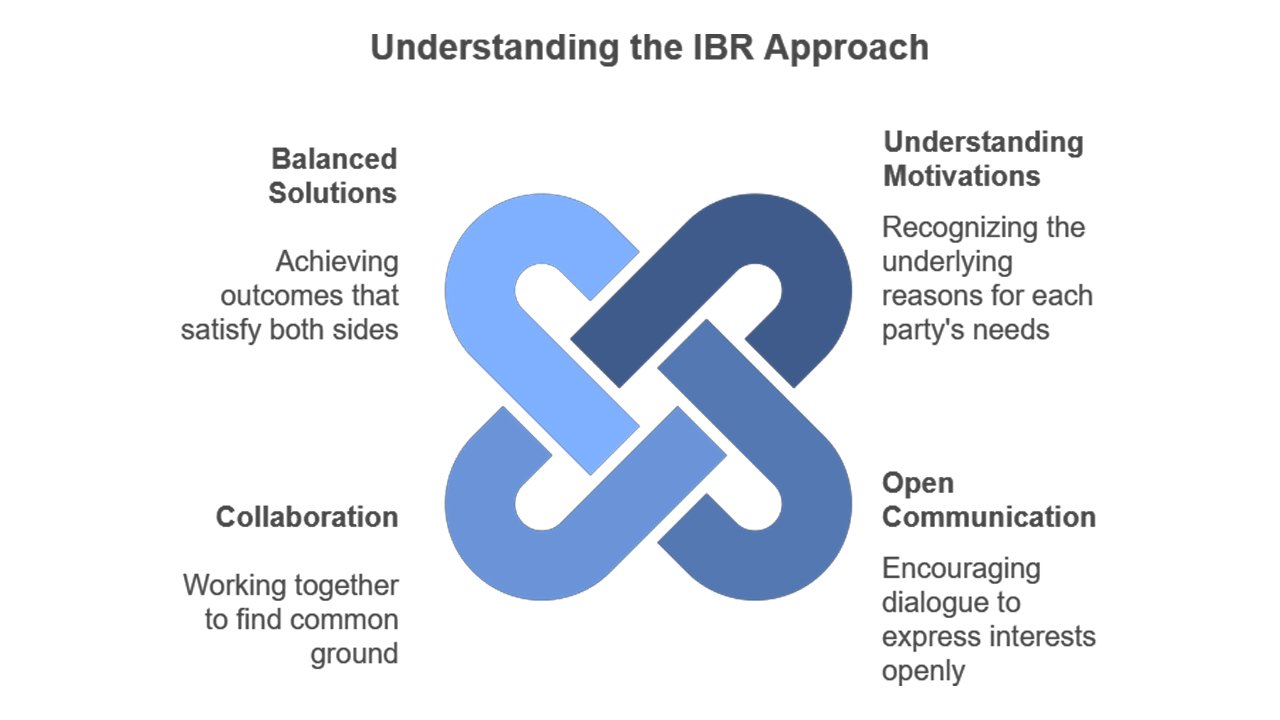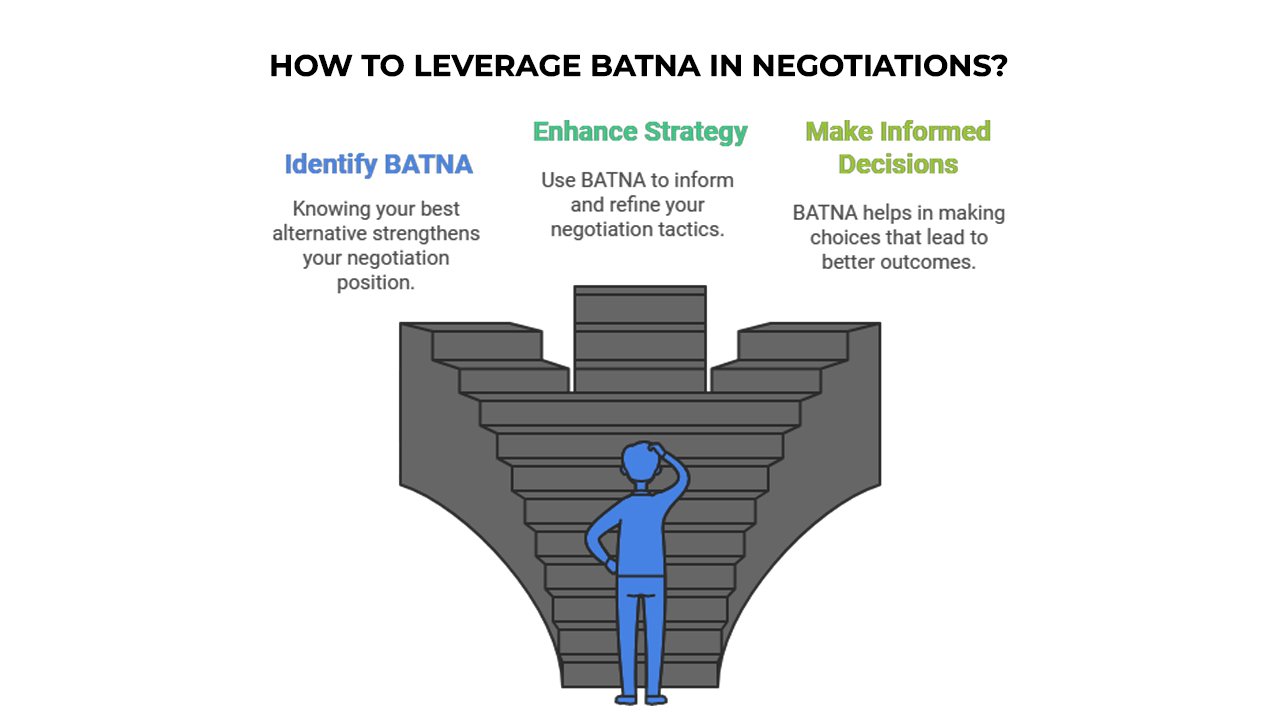Conflict Resolution
Handling conflicts between roles like a Product Manager and System Architect (Business and Technology) can be tough, especially when both sides have important needs. Here are some strategies to help find a fair solution that works for everyone involved. Let’s look at these strategies from the perspective of Sarah (Business) and David (Tech)
1. Interest-Based Relational (IBR) Approach

- What It Is: IBR digs deeper than just the surface of what each side wants. It’s about understanding why each person wants what they do. Instead of battling over set positions, this approach helps uncover the core needs on both sides, making it easier to find a balanced solution.
- How It Works:
- Separate People from the Problem: Start by agreeing that this is about priorities, not personalities.
- Focus on Interests, Not Positions: Each person explains why their need matters, why Sarah’s customer feature is crucial or why David’s system stability is key.
- Generate Options Together: Brainstorm different ways to satisfy both needs, even if it’s a blend of both.
- Evaluate Based on Mutual Gains: Choose an option that benefits both as much as possible.
- Example: Sarah cares about customer retention, and David is focused on system stability. Together, they could agree to prioritize the customer feature first, with plans to tackle system improvements right after.
- Why It Helps: IBR encourages open conversation and mutual understanding, helping both sides feel heard without locking into rigid positions.
2. The Thomas-Kilmann Conflict Mode Instrument (TKI)

- What It Is: TKI is all about adapting your conflict style. It outlines five approaches: Competing, Collaborating, Compromising, Avoiding, and Accommodating, giving each side the flexibility to choose what fits the situation best.
- How It Works:
- Identify Styles: Each side considers how they’re currently approaching the conflict, are they holding firm, compromising, or looking for a joint solution?
- Choose the Best Style for Now:
- Competing: When one person’s need is very urgent.
- Collaborating: If both needs are important, and they can find a joint solution.
- Compromising: When each side is willing to give a little.
- Avoiding: If the issue isn’t urgent, they might choose to address it later.
- Accommodating: If one’s need is clearly less urgent.
- Example: Sarah’s customer feature is urgent, so David might accommodate this time, agreeing that system work will take priority next time. Or they might compromise by finding a temporary solution for both needs.
- Why It Helps: TKI offers flexibility, letting both sides adapt based on the current priorities and context, rather than sticking to a single approach.
3. Hierarchy of Needs Assessment (Weighted Needs Analysis)

- What It Is: This approach helps prioritize by assigning importance to each need based on criteria like customer impact, technical risk, and revenue potential. It’s a structured way to look at what’s best for the organization.
- How It Works:
- Identify Key Criteria: Decide what factors are most important for the business, customer impact, technical risks, revenue, long-term stability, etc.
- Assign Weights: Rank each factor based on its importance.
- Score Each Need: Score Sarah’s business need and David’s technical need based on these criteria.
- Calculate Total Scores: The need with the higher score takes priority.
- Example: If customer impact and revenue are top priorities this quarter, Sarah’s feature might score higher and take precedence.
- Why It Helps: This approach offers a clear, objective way to assess priorities, reducing personal bias and focusing on what benefits the organization most cezar-okna.net.ua.
4. BATNA (Best Alternative to a Negotiated Agreement)

- What It Is: BATNA helps each side figure out what they’ll do if they can’t agree on priorities. It’s a negotiation tool that helps make sure no one is left feeling like they’re out of options.
- How It Works:
- Identify Alternatives: Each side considers what they can do if their need isn’t prioritized.
- Assess Feasibility: Discuss if these alternatives are realistic in the current context.
- Negotiate Based on Alternatives: With these alternatives in mind, they might be more open to making concessions.
- Example: Sarah might offer a smaller feature to meet the immediate customer need, while David suggests a lower-impact stability improvement that can be done for now.
- Why It Helps: BATNA provides each person with fallback options, which can make it easier to find a middle ground when a direct agreement feels impossible.
5. Priority Mapping with RACI Framework

- What It Is: RACI (Responsible, Accountable, Consulted, Informed) is typically used to define roles, but here it can also help prioritize conflicting needs by clarifying accountability.
- How It Works:
- Assign Roles: Define who is Responsible, Accountable, Consulted, and Informed for each decision.
- Determine Accountability Priority: When needs clash, consider whose accountability is greater.
- Example: If Sarah is accountable for customer outcomes and David is responsible for system health, they might agree that Sarah’s feature takes priority for this round with David’s technical safeguards.
- Why It Helps: RACI clarifies ownership, making it easier to prioritize based on accountability, reducing back-and-forth over whose need is more important.
Summary
These frameworks provide structured ways to resolve conflicts between Product Managers and System Architects, or any roles with competing priorities:
- IBR Approach: Focuses on core needs, finding win-win solutions.
- Thomas-Kilmann (TKI): Adjusts conflict style based on context.
- Weighted Needs Analysis: Objectively prioritizes based on organizational impact.
- BATNA: Identifies alternatives in case an agreement isn’t possible.
- RACI Framework: Clarifies roles, focusing on accountability to reduce conflicts.
By picking an approach that best fits the situation, both sides can work together to reach decisions that are fair and in the best interest of the organization.


